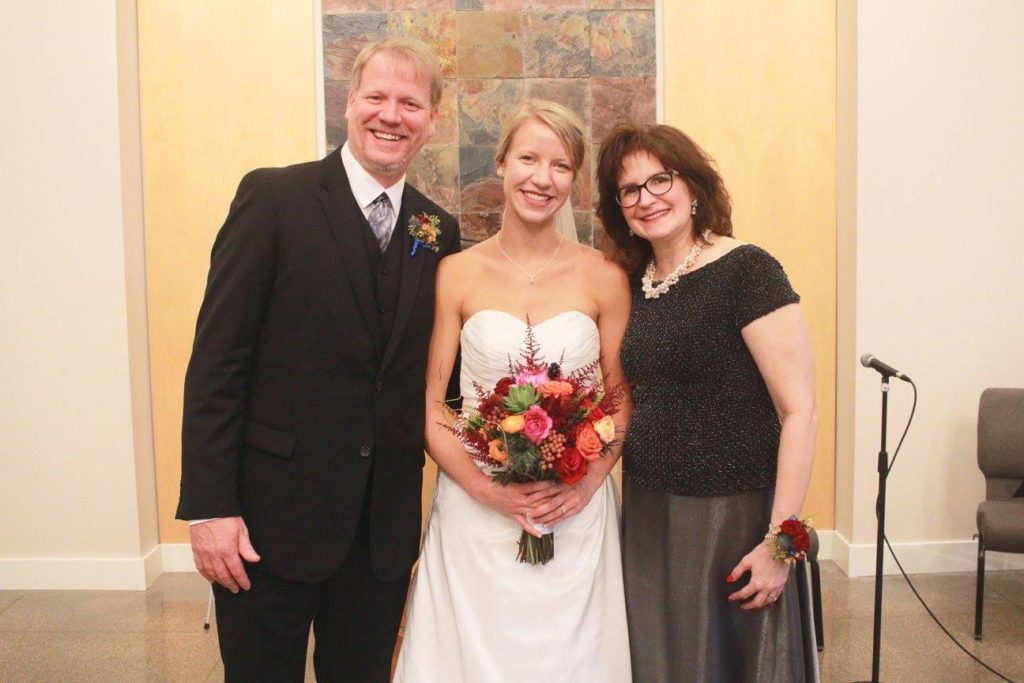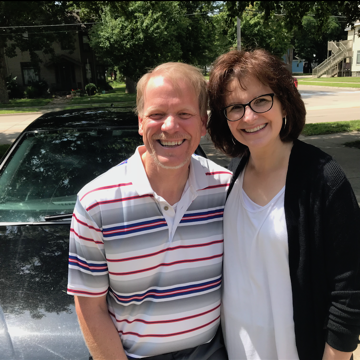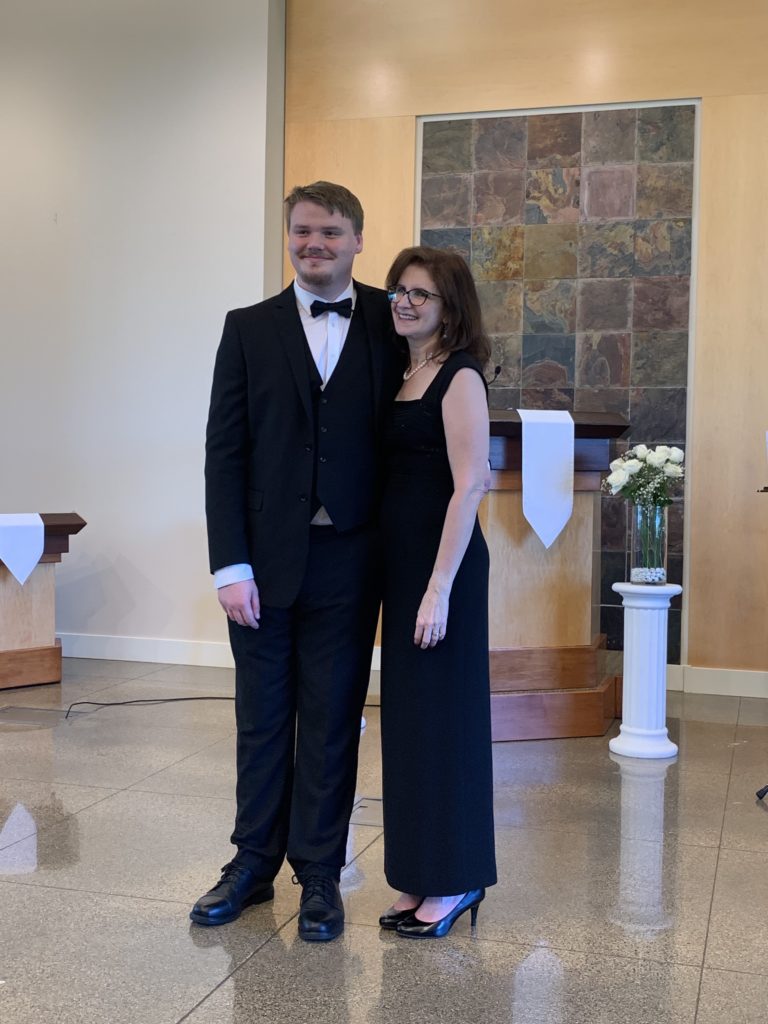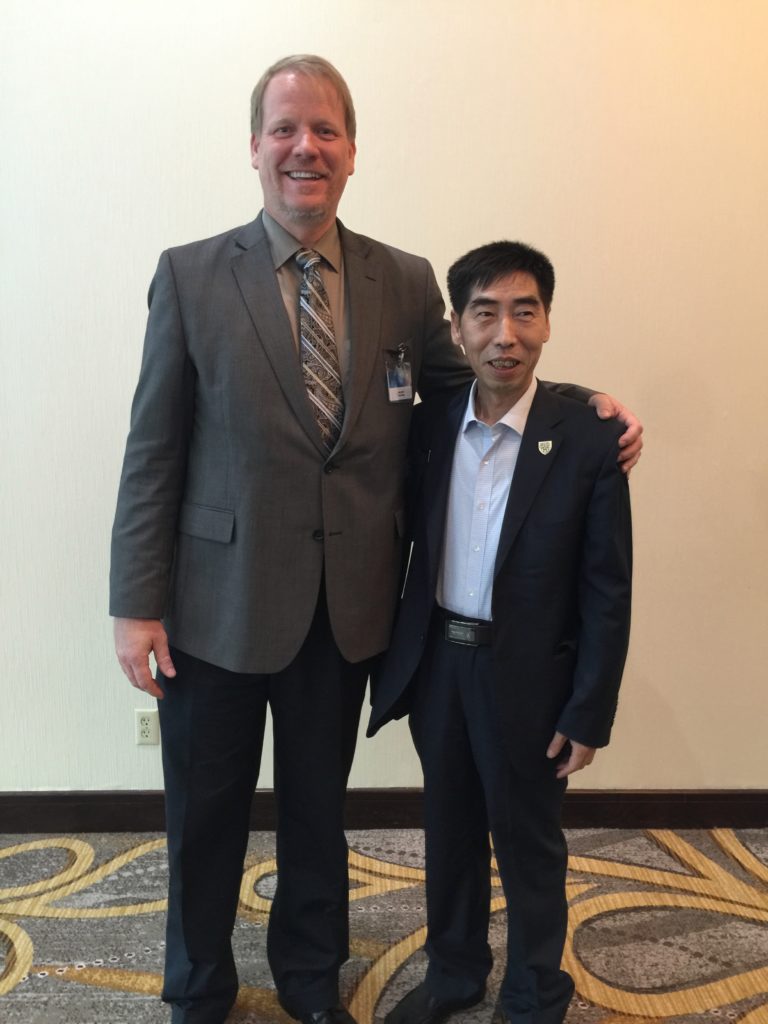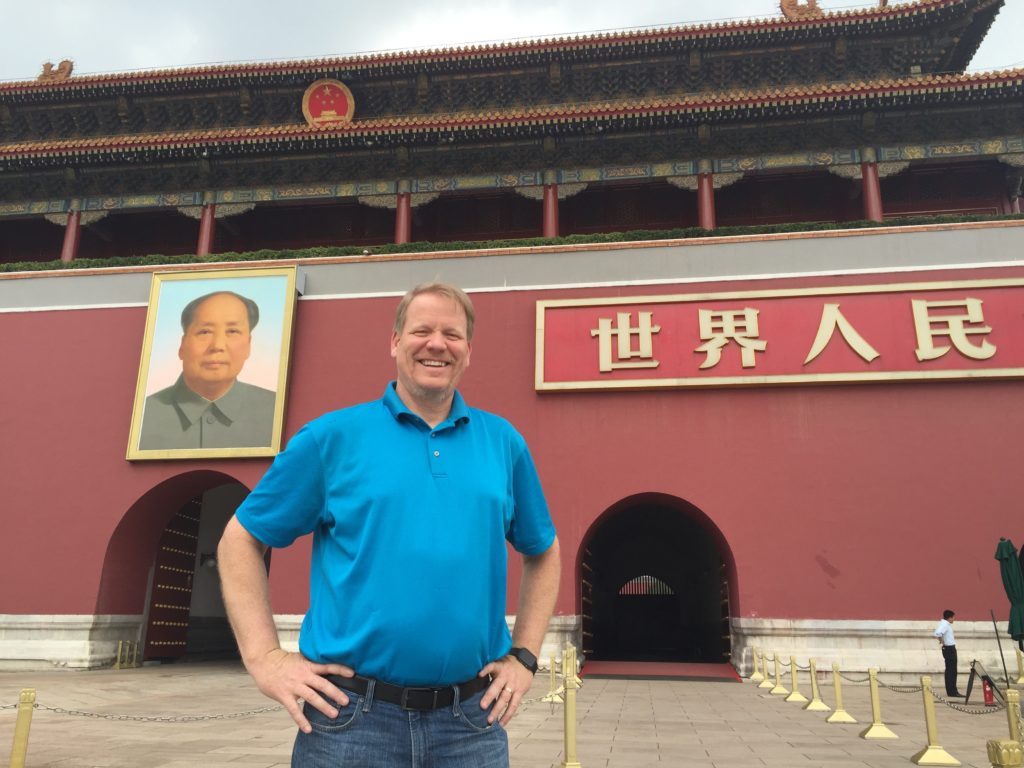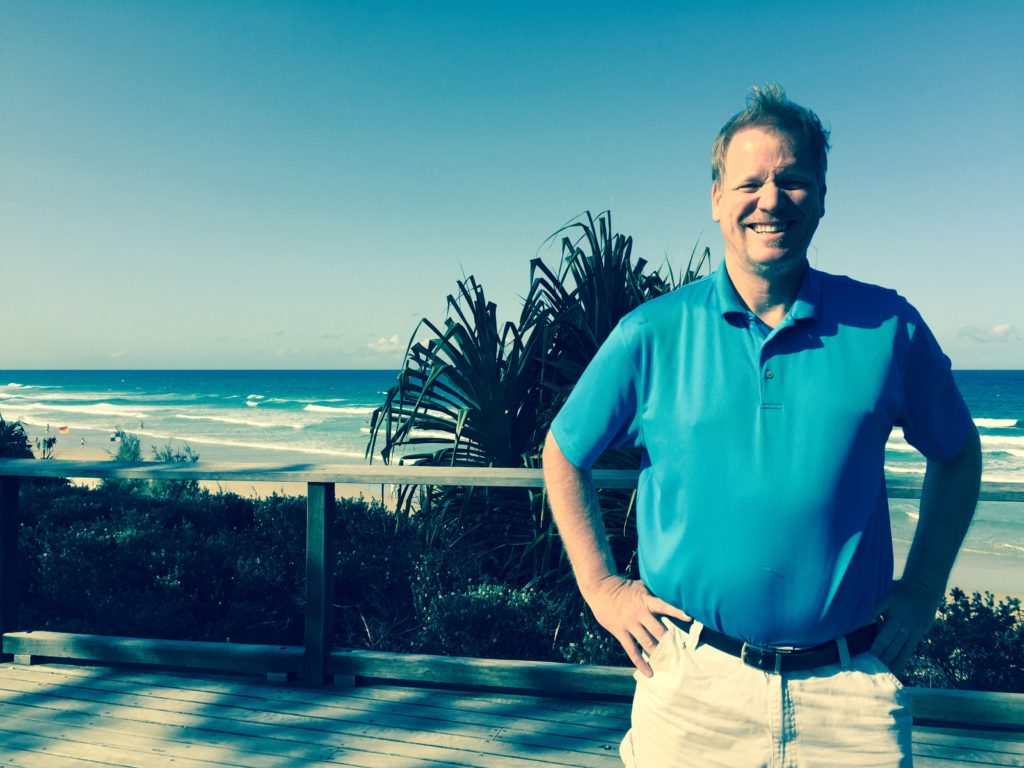The scientific method involves proposing a hypothesis — e.g. “Drug A improves symptoms of Disease B” — and then designing an experiment, or study, to test it.
The “gold standard” studies are double blinded and placebo-controlled. Half of the subjects get the drug, and half get a placebo (or “sugar pill”) that has no expected effect. Neither the investigators nor the subjects know who is getting the real treatment. Then when the data are analyzed, it can be clear that any observed effect is the result of the drug, not wishful thinking.
And to reduce the likelihood that any observed difference is due to chance, scientists design their studies with a sufficiently large n, or number of subjects.
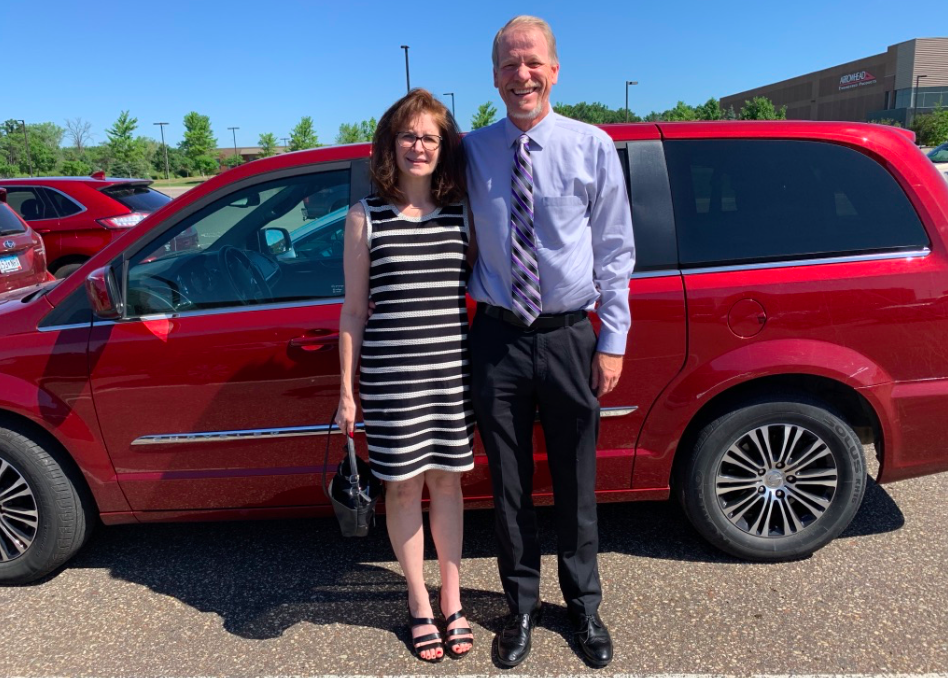
In an earlier post in this series, I conceded that I’m an n of 1. I’m an anecdote. Scientists tend to look down on anecdotal claims. Just because a low-carb diet and time-restricted feeding program has led to me losing 60 pounds doesn’t mean it will get the same results for you.
There could be something peculiar about me that led to this result. Perhaps it’s just a random coincidence. Or maybe just the fact that I had decided to pay attention and try to lose weight was the main factor, and the particulars of what I changed didn’t matter so much.
But together Lisa and I are an n of 2, and we’ve lost a total of 100 pounds on a low-carb diet with intermittent fasting or time-restricted feeding. And the weight loss for her didn’t really kick in until she went low-carb with intermittent fasting.
We’re also not alone. The n of those getting good results from a similar approach is much, much bigger.
And the reality is you can’t do a blinded study of a lifestyle intervention. If you’re switching from pizza and pasta to steak and eggs, you’re going to know it. And if you are going 12 hours a day or more without eating, you’ll know that too. There’s no placebo effect here.
I’m not sharing our stories to boast about our accomplishments. We did have to change what and when we ate, but it truly hasn’t felt like much of a sacrifice.
I’m sharing them because I’m frankly kind of mad that following official government policy (avoid fats, eat lots of “healthy whole grains”) made us fat.
The “eat less, move more” or “calories in, calories out” dogma is trite and simplistic, and doesn’t correspond with the reality of why we get fat.
In the 1950s and 60s nobody worked out. It was only in the early 70s that running and aerobics became “a thing.”
Obesity hasn’t tripled in the last few decades because people don’t move enough. If anything, people in recent decades have exercised much more than our parents and grandparents did.
Exercise is good and important, but its lack has not caused the obesity epidemic.
I’m sharing our stories because I’m pretty confident that among our social connections, and those we can reach through them, there are scores, or hundreds, or even thousands of people who feel as trapped and defeated as we did four years ago.
There is a better way, and there is hope for a reversal of metabolic syndrome. I want to point you to those from whom Lisa and I have learned this.
I’ve previously highlighted pioneers like Nina Teicholz, Tim Ferris, Dr. Jason Fung, Dr. William Davis and Dr. Robert Lustig who have revolutionized our thinking.
As I continue this series I plan to feature several others who also have given us important and life-changing information. Some of those include
- Gary Taubes
- Dr. Peter Attia
- Dr. Ken Berry
- Dr. Sten Ekberg
- David Sinclair, Ph.D.
- Dominic D’Agostino
- Dr. David Perlmutter
- Professor Valter Longo
- Tim Noakes
- Professor Satchin Panda
- Dr. Matthew Walker
- Dr. Rhonda Patrick
- Dr. James DiNicolantonio
I look forward to sharing what we’ve learned from these people and others, and the benefits we’ve seen from applying those lessons. I linked mostly to their Twitter accounts in the list above, in case you want to start following them before I get to writing about them.
Some of them are physicians, while others are Ph.D. researchers, and still others are scientific writers actively poring through the relevant research. They have applied the skepticism of the scientific method to the disastrous dietary dogma that has had such a negative record for the last five decades.
So while Lisa and I together are only an n of 2 and our experience is not definitive, we have seen good results in the last four years through applying what we’ve learned from these people and others.
What other scientific researchers, physicians or writers have you found helpful in understanding diet, lifestyle, weight loss and health? I’d appreciate your recommendations as I continue my journey of exploration.
See the whole series about my health journey. Follow along on Facebook, Twitter and LinkedIn.
